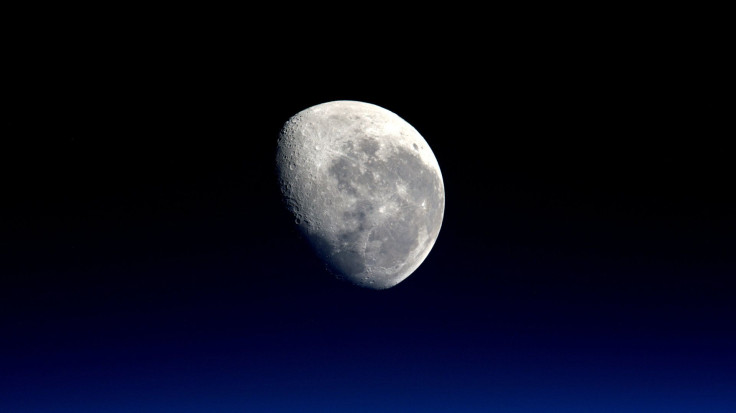Could Google Lunar XPrize Catalyze Long-Term Deep Space Exploration?

The recent "Moon Base Alpha"release by Elon Musk and ESA’s recent moon village announcement calling for increased private-government partnership, point towards a growing impatience to kick start large-scale lunar exploration and settlement.
The Google Lunar XPrize initiative, which was launched in 2010 to encourage low cost robotic space exploration, is another such initiative, and is likely to give a much necessary boost to the sector.
A review panel of the international competition arrived in Bengaluru, India, on a on a five-day inspection of Team Indus, one of the five privately-funded teams in contention for the $30 million grand prize.
SpaceIL (Israel), Moon Express (USA), Synergy Moon (International), Team Indus (India) and Hakuto (Japan) are all gearing up to make a space craft that will make a soft-landing on the moon, with a robot that can travel at least 500 meters on the moon surface and send back high-quality images to Earth.
All the five teams had won a million dollar prize for demonstrating the landing technology of their spacecraft on the moon in 2015.
Chanda Gonzales-Mowrer, senior director, GLXP, stressed the importance of the entrepreneurial spirit of the contestants that has driven them to this stage of the competition.
Team Indus lead, Rahul Narayan, said that they are at the forefront of the birth of a new industry. With small teams, the budget is a main concern, he said.
But the fact that prevalent technologies have made it possible for five private teams to work at designing a craft that can land on the moon is a major boost to the prospect of commercialization of space.
Furthermore, there is a growing list of major private space companies, including giants like SpaceX, Boeing and Space Exploration Technologies Corp., already running contracts with NASA.
With this growth of the private sector in space technology, we seem to be growing closer and closer to establishing moon as a base for teams looking to go further into space and explore the red planet and beyond.
The inclusion of private companies in space exploration covers aspects that government agencies are not interested in, which are commercial benefits.
"Such advancements could help speed up pre-existing goals of space tourism and also open up new avenues like extraction of Helium 3, a non radioactive isotope of Helium which can be used as a fuel source," Derek Webber, one of the judges on the GLXP panel and former head of procurement at Inmarsat, said.
Unlike Earth, the moon does not have an atmosphere, and it is constantly being bombarded by Helium 3, and which can be harnessed for energy, according to this ESA report.
Another crucial recent development is the emergence of countries other than the U.S. and Russia as important contributors to growing space traffic.
Teams from India and Japan and Israel are in contention for GLXP. Both Team Indus and Hakuto will use the ISRO PSLV-XL rocket developed in India for their launch.
The recent announcement of the Moon Base Alpha by SpaceX — a visualization of a colony on the moon, based around the Space X's BF rocket — is seen by many as a slight diversion from the steadfast Mars vision Elon Musk has been constantly promoting.
The Verge reported that the SpaceX CEO has long been a staunch supporter of colonizing Mars, and not so much the moon. In a past paper, he had said that the moon being much smaller than a planet, does not make the move challenging enough. Multi-planetary exploration seemed to be the calling of the company, and the recent moon announcement is being seen as a shift in focus.
The growth of smaller companies vying to leave a footprint on space seemed to be the point of the Google prize. Capitalizing on this growth trajectory looks like a promising way forward in deep space exploration.
© Copyright IBTimes 2024. All rights reserved.




















